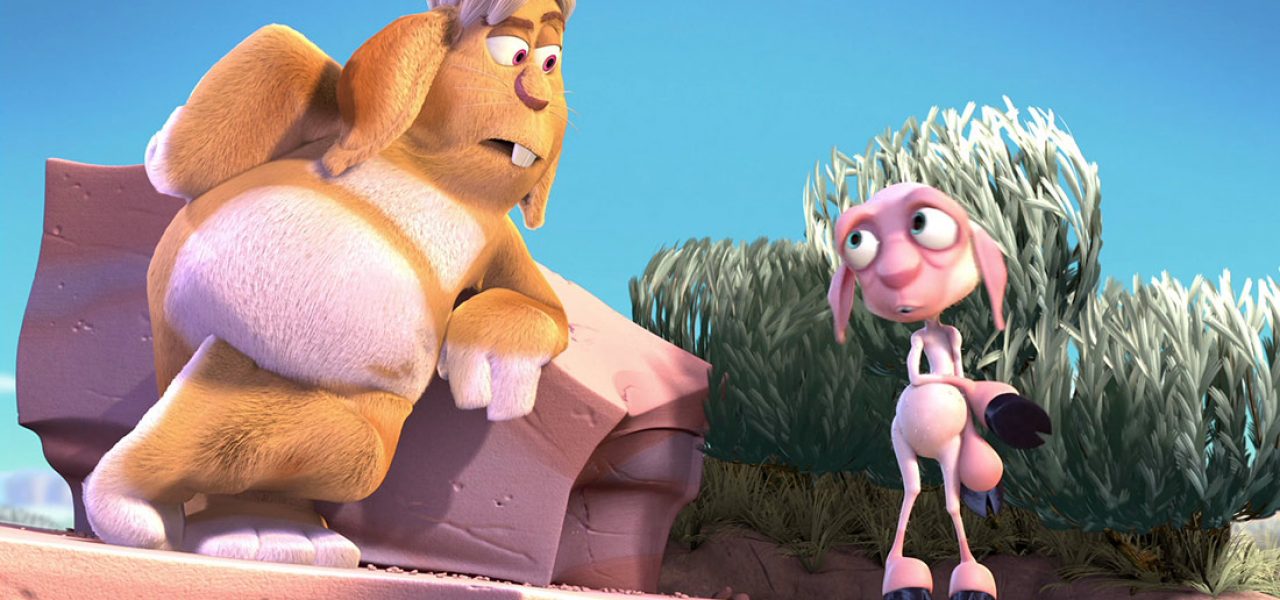
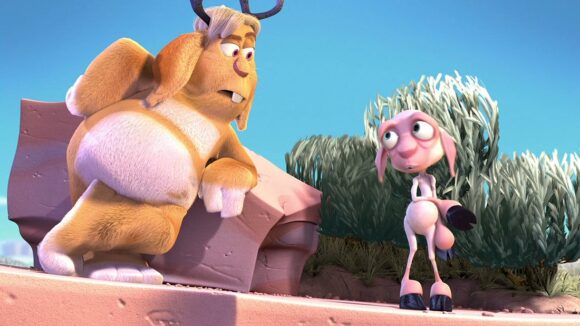
RIP: Bud Luckey, A Key Part Of Pixar’s Creative Team
Some people are lucky enough to have an iconic career in animation. William “Bud” Luckey had two of them. The legendary artist, who made key contributions to the early Pixar features, passed away last Saturday at the age of 83.
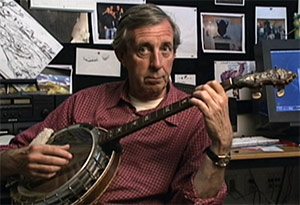
Before joining Pixar though, Luckey had a remarkable career in the animation world. He attended Chouinard (the school that eventually became CalArts and where he was roommates with soon-to-become famous pop artist Ed Ruscha) and USC, and started working in the West Coast commercial animation industry around 1960 at the commercial studio Quartet Films, where he was mentored by Disney icon Art Babbitt. He also worked for a short while at Format Films, when that studio was making The Alvin Show.
But he soon realized that Los Angeles wasn’t for him. “I just couldn’t get along with L.A.,” he told an interviewer once. “It just wasn’t me. I came up [to the Bay Area] and said I’d work as a milkman if I had to.” Instead he got a job in 1961 as an art director at the ad agency Guild, Bascom & Bonfigli, where he worked on tv commercials, including Kellogg’s Frosted Flakes (Tony the Tiger), Froot Loops (Toucan Sam), Rice Krispies (Snap, Crackle and Pop), and ads with Charles Schulz’ Peanuts characters.
Luckey, who was a fan of what he once described to me as “dumb-ass animation,” began to explore his own goofy comedic sensibilities in campaigns that he created from scratch, like the “Dumbunnies” characters for Bosco. Some of those spots, animated by Murakami-Wolf, can be seen below:
One of his collaborators on the commercials was agency copywriter Don Hadley, with whom Luckey would work with closely in the 1970s to create a memorable and beloved series of musical shorts for Sesame Street, including “The Ladybugs’ Picnic,” “Infinity (That’s About the Size of It),”, the Donnie Budd Series, “Penny Candy Man,” “Number 9 Martian Beauty”, “The Alligator King,” and “The Old Woman Who Lived in a Nine.”
Luckey returned to advertising when he co-founded his own Bay Area advertising and animation studio, The Luckey-Zamora Picture Moving Company, which eventually merged with Colossal Pictures in the 1980s. One of the studios that Colossal repped for advertising at the time was a young cg animation outfit called Pixar, and it was through that relationship that a Pixar artist working on commercials, Pete Docter, got to know Luckey.
Docter encouraged Pixar to hire Luckey, who joined the company in 1992, when there were only around 40 employees. At the age of 58, he was Pixar’s oldest employee. Despite lacking a digital background, Luckey was excited by what Pixar was trying to do – the studio was starting to work on its first feature, Toy Story – and he quickly became part of Pixar’s core creative team.
When I interviewed Luckey for a Pixar book project, he told me, “Even when I was a 2-D animator, my head was in 3-D. When I had a studio of my own doing commercials, I spent a lot of time trying to put in shading and shadows with Magic Markers. I remember spending all-night sessions using Magic Markers and then running out into the street to throw up because the fumes were horrible.”
Luckey’s time at Pixar are well documented, but to give a sense of his contributions to the company’s history, John Lasseter has always credited with Luckey with making the suggestion during the development of Toy Story to turn Woody from a Charlie McCarthy-style ventriloquist’s dummy into a cowboy. While there were many iterations of Woody by different artists, all one needs to do is look at Luckey’s artwork to know that he played an important role in the final look of the character. Modest to a fault, Luckey downplayed his contributions to the character, saying once, “John [Lasseter] gives me credit with designing Woody, but I did 200 Woodys and he picked the right one.“
In 2004, the studio let Luckey direct and voice his own short, Boundin’, which is one of the studio’s purest translations of an artist’s personal vision to the screen. The short film, which opened in front of The Incredibles (in which Luckey voiced government agent Rick Dicker), went on to be nominated for the Academy Award. Luckey retired from Pixar in 2008, though he often continued doing voice acting until a few years ago.
You can read more about Luckey in this 2004 piece and this recent obituary.
Below are some examples of his design work on Toy Story and a sequence that he boarded in A Bug’s Life, as well as remembrances from friends and colleagues.
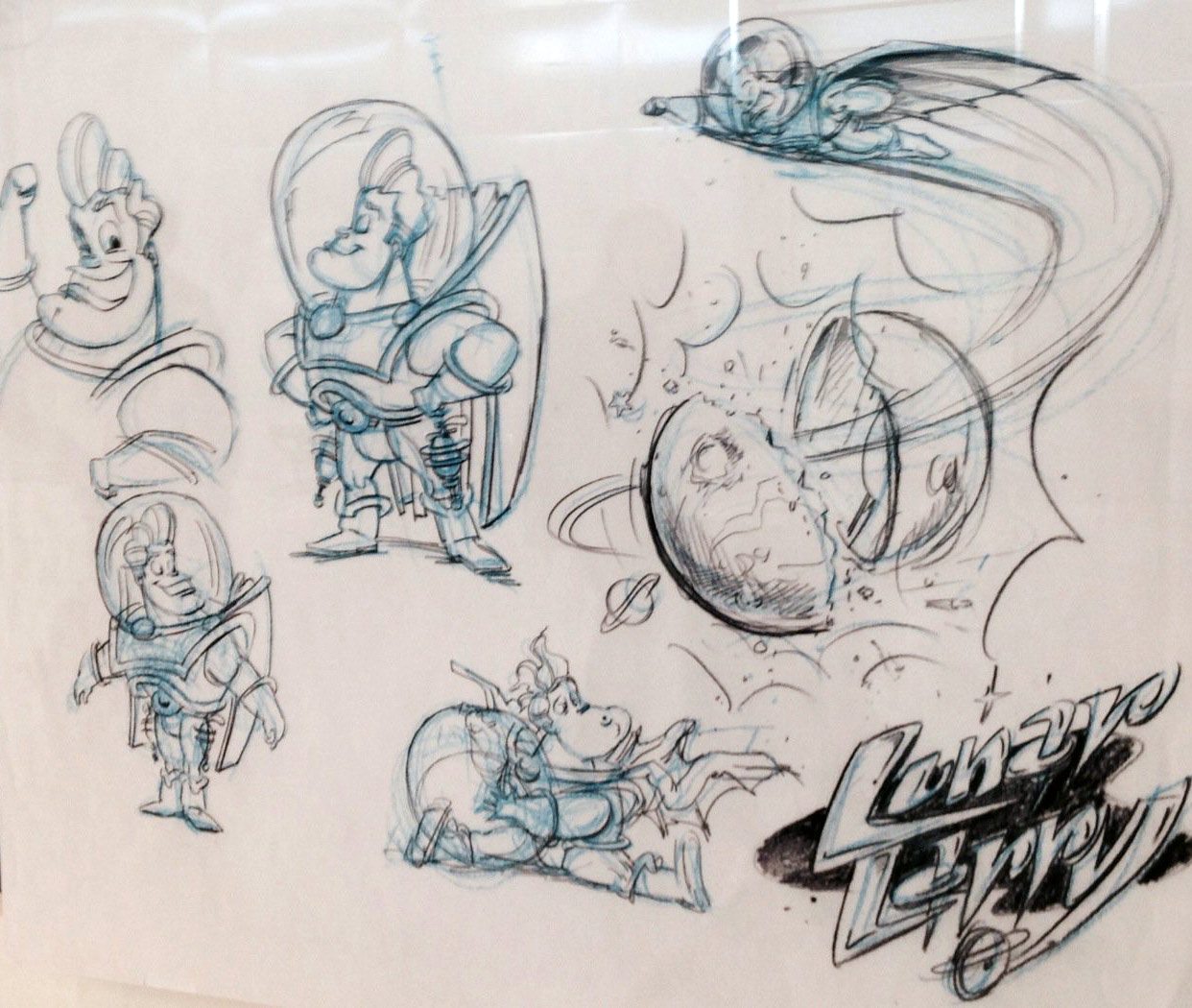
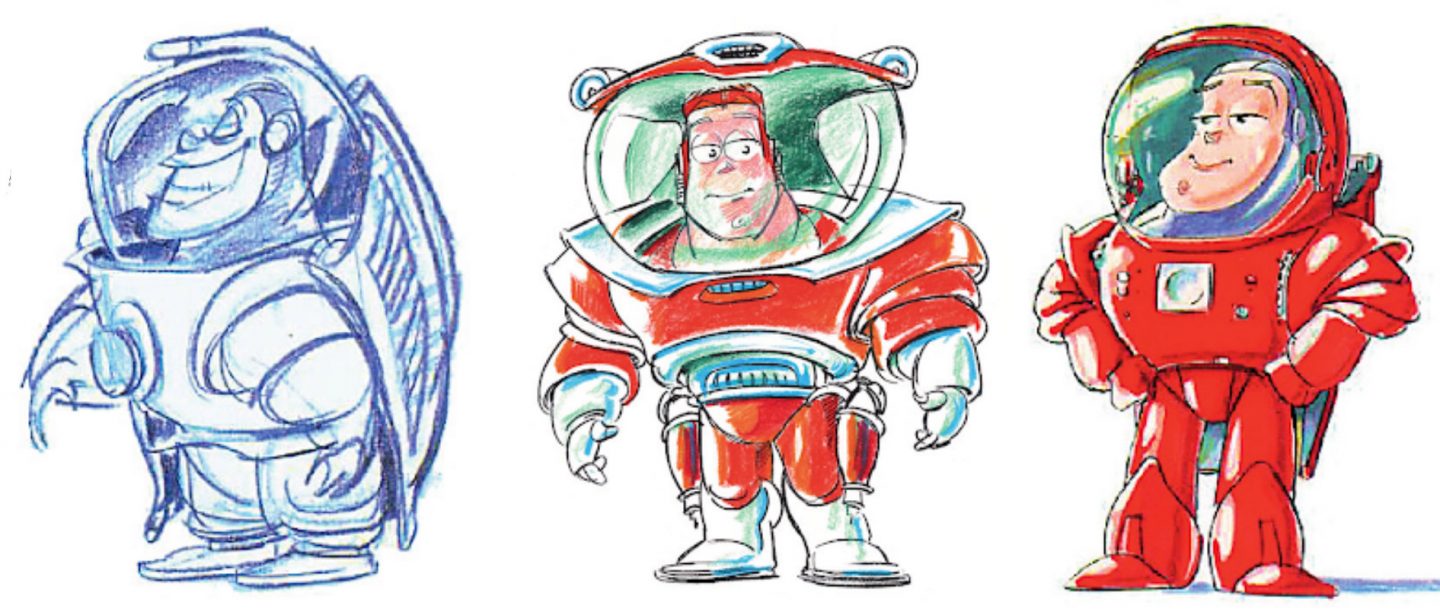
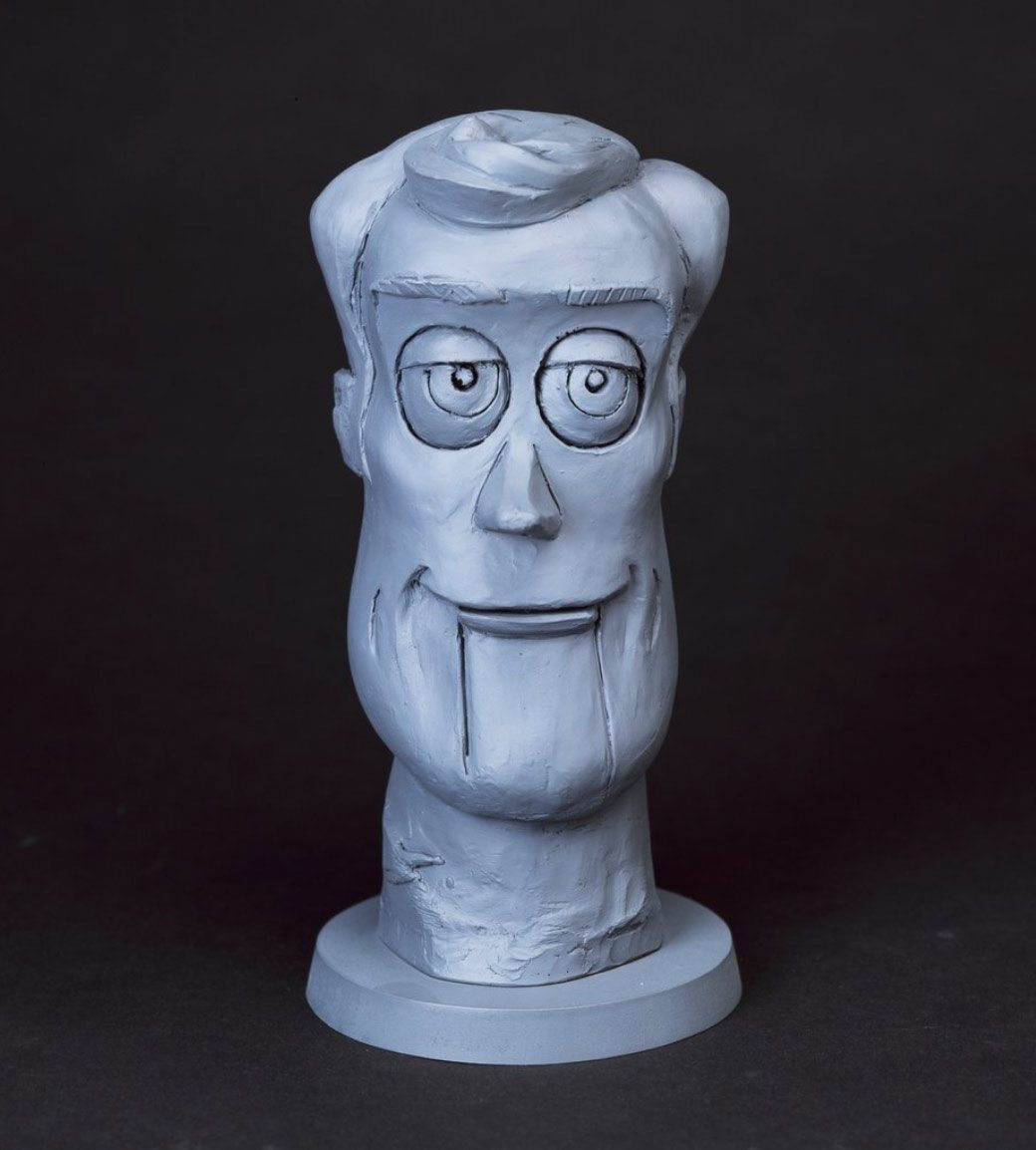
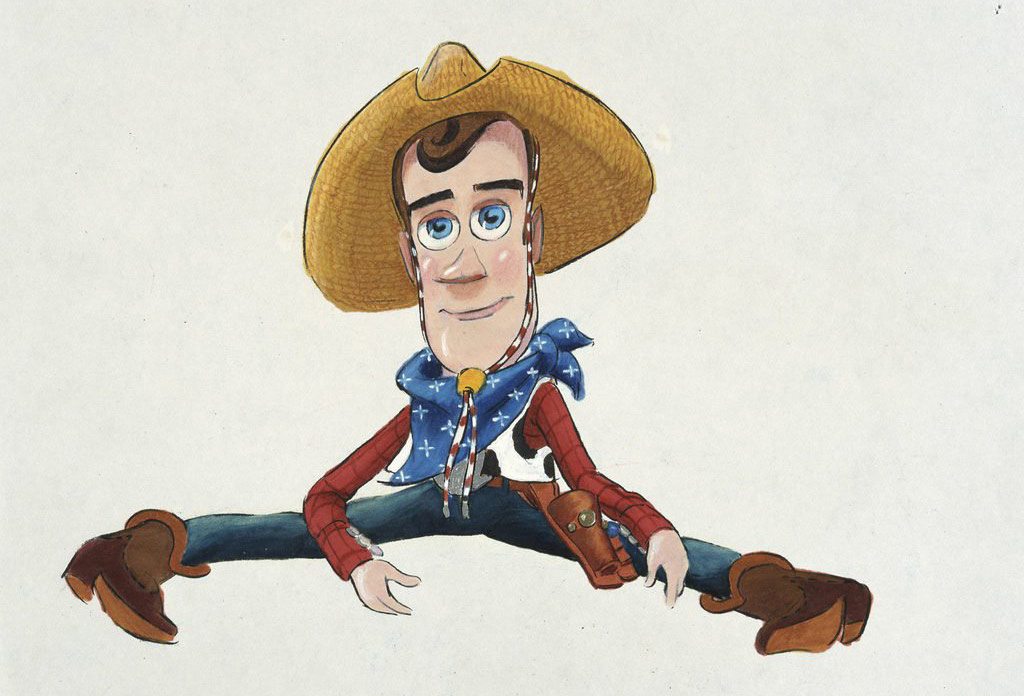
Take a microscopic look at the making of A Bug's Life. 🐛🔬 pic.twitter.com/bo63s981t5
— Disney•Pixar (@DisneyPixar) November 12, 2016
Farewell to great artist, great musician, great man, great friend to all Bud Luckey. He more than anyone taught me how to be a jazz musician. Recall many a night jamming with him. We formed a band – The War Room Rascals – at PIXAR. At his place 1/25/04. So long good ol' Bud. pic.twitter.com/htjq8Srmjl
— David Silverman (@tubatron) February 26, 2018
Sad to hear that my friend Bud Luckey passed away yesterday. He was an amazing guy that could animate, storyboard, design, direct, write, act, sing & play the banjo! Thankful to have worked with him on Toy Story, Monsters Inc., Toy Story 2 & other films. You'll be missed, Bud! pic.twitter.com/RTzkoMavDe
— Matthew Luhn (@MatthewLuhn) February 26, 2018
I’ll miss my talented pixar pal Bud Luckey. That man could draw! A warm soul. Rest In Peace, Bud. pic.twitter.com/XU6hTweLLk
— Bob Peterson (@bobpeterson_hey) February 28, 2018
Farewell to the multi-talented Bud Luckey. By the time I met him at Pixar, he’d had such a full career, he wasn’t scared of technology or crazy deadlines. He helped make Woody the toy he is today, and Toy Story won’t be the same without his laconic sweetness. So long, my friend.
— Jeff Pidgeon (@jpidgeon) February 25, 2018
Boundin' has always been my favorite Pixar Short. It’s literally infused with the film-maker’s voice. Here’s Bud Luckey talking us through his film. RIP https://t.co/FyWUybtsK7 via @YouTube
— Matt Jones (@Jonezee99) February 25, 2018
Bud Luckey. Incredible artist and filmmaker. One of the Greats I will always cherish having crossed paths with. pic.twitter.com/luXFSQs2jO
— Valerie LaPointe (@ValLaPointe) February 26, 2018

.png)